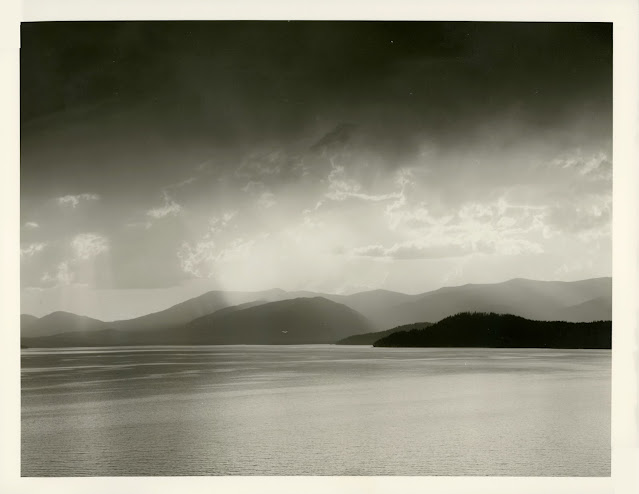When I first began to learn printing in the darkroom, I went through a phase of picking up different expired papers. Partly because they were cheap and also to experience what the properties and history of these old papers were like. Eventually I came to the conclusion that most papers are too fogged to be worth the effort and whatever characteristics they had once have long since diminished with time. Of course, I use a number of these for lith printing and toning with some great results. Papers like Fohar Raster with an embossed pattern of dots I suppose was to suggest the idea of a CRT? ORWO, Oriental Seagull, Agfa-Gevaert Rapidoprint are some other examples. One paper that stood out for me was Negra Portrene made in Barcelona. At the time I bought some I researched the paper as best I could here ... and determined it went out of business in the 1970's when Spain was still ruled by a fascist dictator. I bought the paper because it was unopened and 16x20" and I wanted to t



